
LGBTQ+ icons have shaped history through their pioneering work in literature, activism, art, and civil rights. Though many faced persecution in life, their memorials reflect both the cultural attitudes of their times and the ongoing struggle for acceptance. Today, they continue to inspire through the tributes paid to them posthumously. As we celebrate LGBTQ+ History Month, we reflect on their lives, legacies, and how they were honoured in death—whether through elaborate monuments, personal gestures, or enduring symbols of resistance and triumph.
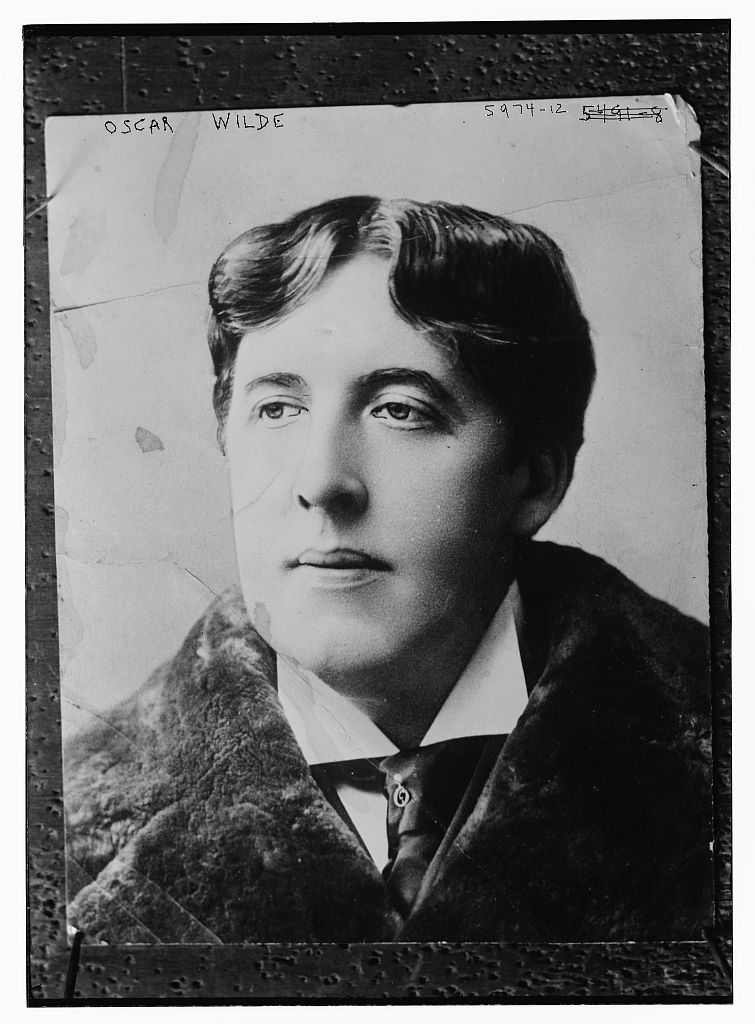
Oscar Wilde’s Tomb at Père Lachaise
Who He Was: Oscar Wilde, the Irish playwright, poet, and author of The Picture of Dorian Gray and The Importance of Being Earnest, was celebrated for his wit and literary brilliance. However, his life was marred by scandal, as he was convicted of "gross indecency" in 1895 and sentenced to two years of hard labour. His downfall highlighted the brutal repression of homosexuality in Victorian Britain.
Funeral and Memorial: Wilde died impoverished in Paris in 1900, his funeral a quiet affair. Originally buried in an unmarked grave, his remains were later transferred to a grand tomb at Père Lachaise Cemetery in 1912. Designed by sculptor Sir Jacob Epstein, the striking modernist monument features a winged angel, embodying Wilde’s ethereal spirit. Over the years, the tomb became a shrine, with admirers leaving lipstick kisses on the stone. In 2011, a glass barrier was installed to protect it, yet it remains a pilgrimage site, celebrating Wilde as both a literary genius and a queer martyr.
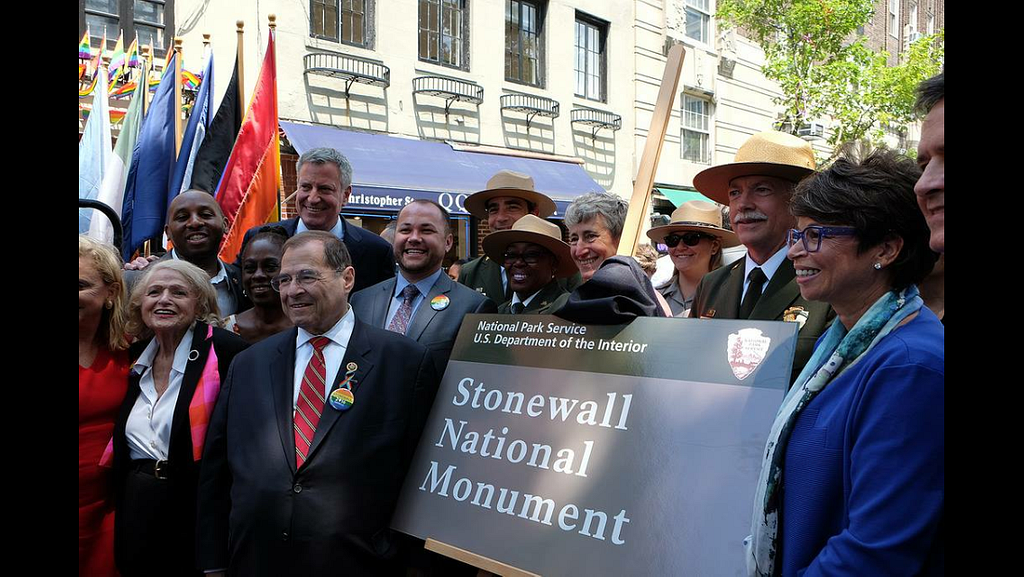
Edie Windsor’s Memorial in New York City
Who She Was: Edie Windsor was a pioneering LGBTQ+ rights activist, best known for challenging the U.S. Defence of Marriage Act (DOMA) in United States v. Windsor (2013). Her landmark Supreme Court victory led to the federal recognition of same-sex marriages, paving the way for full marriage equality.
Funeral and Memorial: Windsor passed away in 2017 at the age of 88. Her funeral at Riverside Memorial Chapel was attended by prominent LGBTQ+ figures and allies. While her final resting place remains private, her memory lives on at the Stonewall National Monument. This historic site, synonymous with LGBTQ+ liberation, honours her legacy, ensuring she is remembered as a trailblazer in the fight for equality.

Harvey Milk: A Farewell at Sea
Who He Was: Harvey Milk was one of the first openly gay elected officials in the U.S., serving on the San Francisco Board of Supervisors. His fearless activism and advocacy for LGBTQ+ rights made him a beacon of hope, but his life was tragically cut short when he was assassinated in 1978.
Funeral and Memorial: Milk’s funeral drew thousands to San Francisco’s Grace Cathedral, where mourners celebrated his defiant optimism. His ashes were scattered in the San Francisco Bay, a poignant tribute to the city he loved. Today, his legacy is immortalised through Harvey Milk Plaza, the Castro Mural Project, and the USS Harvey Milk, a naval ship named in his honour—a powerful statement of recognition from an institution that once banned LGBTQ+ service members.
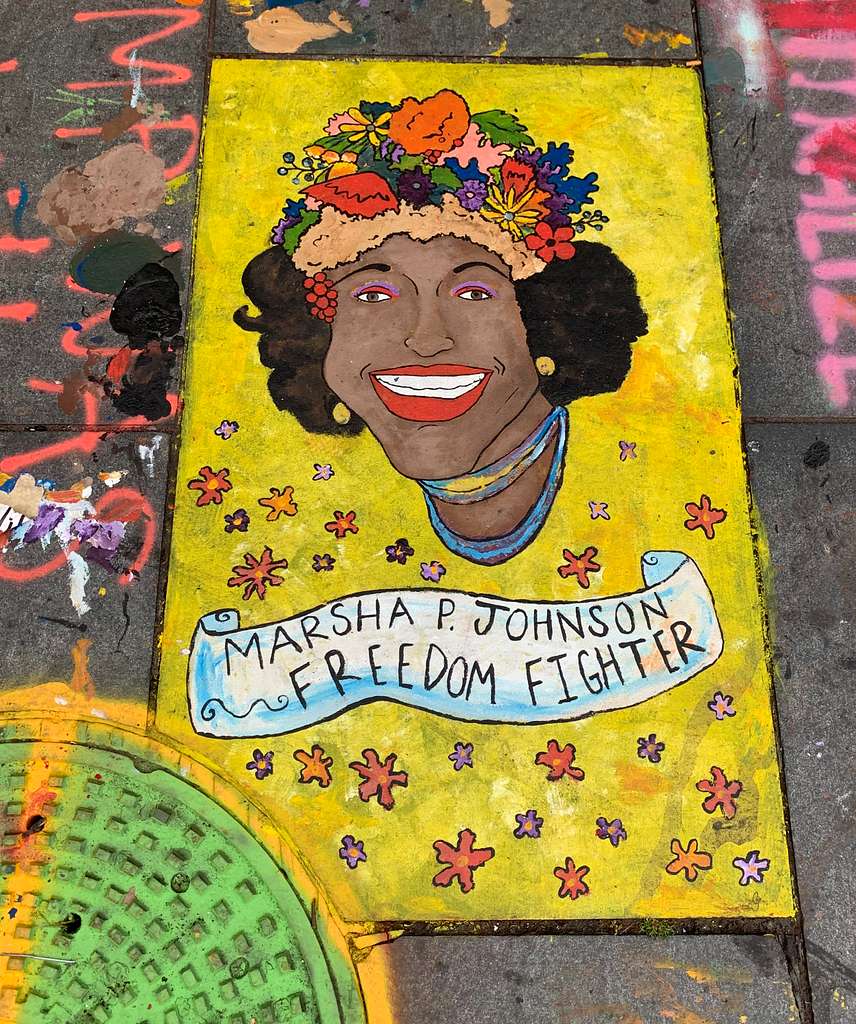
Marsha P. Johnson: A Revolutionary Memorial
Who She Was: Marsha P. Johnson, a Black transgender activist, co-founded the Street Transvestite Action Revolutionaries (STAR) and played a pivotal role in the 1969 Stonewall Riots. Her work laid the foundation for the modern trans rights movement.
Funeral and Memorial: Johnson’s death in 1992 remains controversial, initially dismissed as suicide despite evidence suggesting foul play. Her unmarked grave was a stark reminder of the erasure of trans lives. However, in 2020, the Marsha P. Johnson State Park in Brooklyn was dedicated in her name—New York’s first state park honouring an LGBTQ+ figure. This vibrant space stands as a beacon of trans resilience and activism.
Sylvia Rivera: Legacy of Advocacy
Who She Was: A fierce advocate for homeless and transgender people, Sylvia Rivera co-founded STAR alongside Marsha P. Johnson. She was a vocal critic of mainstream LGBTQ+ movements that sidelined trans voices, ensuring the most marginalised were never forgotten.
Funeral and Memorial: Rivera passed away in 2002. Her funeral at The Church of St. Joseph in New York brought together activists who vowed to continue her work. In 2005, a street in Queens was renamed Sylvia Rivera Way, and the Sylvia Rivera Law Project carries on her mission, ensuring her fight for justice endures.
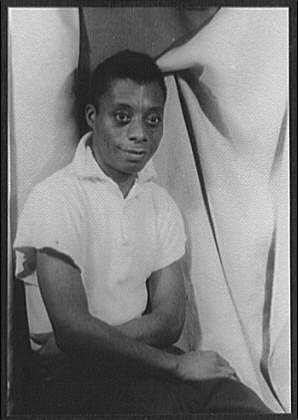
James Baldwin: A Literary and Social Legacy
Who He Was: James Baldwin, the acclaimed author of Go Tell It on the Mountain and The Fire Next Time, was an outspoken critic of racism and homophobia. His writing continues to influence discussions on intersectionality and social justice.
Funeral and Memorial: Baldwin was laid to rest at Ferncliff Cemetery in 1987. While no grand monument marks his grave, his literary legacy stands tall. The National Museum of African American History and Culture in Washington, D.C., honours him, while St. Paul’s Cathedral in London features a plaque commemorating his contributions to literature and activism.
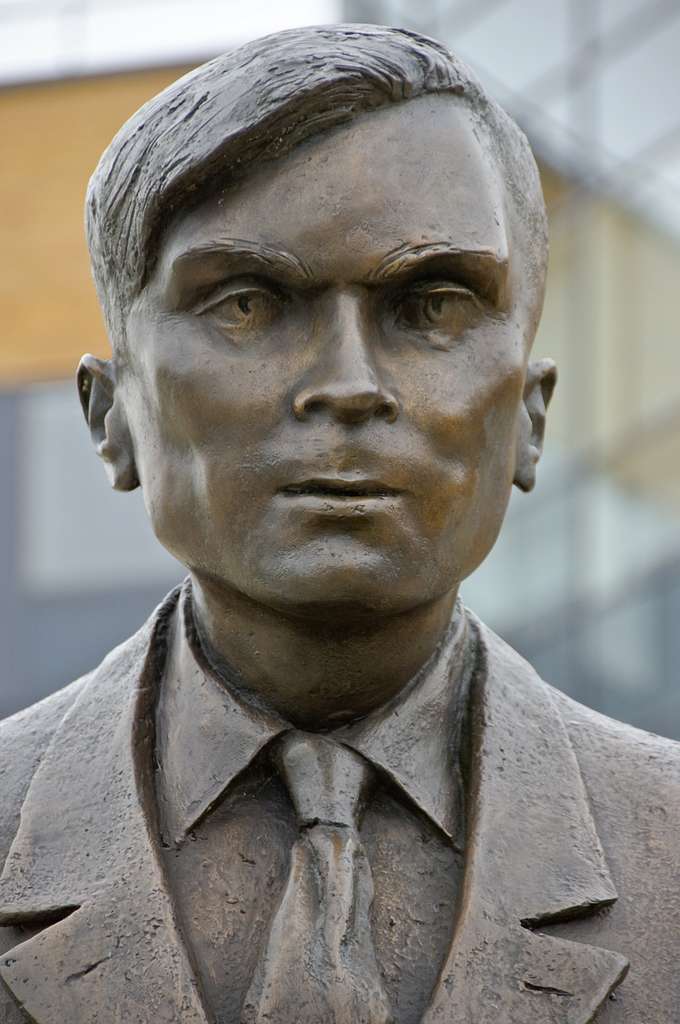
Alan Turing: The Father of Computer Science
Who He Was: Alan Turing, the British mathematician and cryptanalyst, helped defeat the Nazis by breaking the Enigma code. However, he was persecuted for being gay, subjected to chemical castration, and died in 1954 under suspicious circumstances.
Funeral and Memorial: Turing was buried quietly, but his legacy could not be erased. In 2013, the British government issued a posthumous pardon, and today, he is celebrated with statues in Manchester and Bletchley Park. The "Alan Turing Law," enacted in 2017, posthumously pardoned thousands convicted under anti-gay laws, cementing his legacy as both a scientific genius and a victim of injustice. In 2021, Turing's remarkable contributions were further honoured when he was featured on the Bank of England's £50 note, ensuring his legacy is recognised in everyday life.
The Importance of Honouring LGBTQ+ Icons in Death
Memorials serve as powerful reminders of LGBTQ+ contributions and struggles. While many icons faced erasure in life, their legacies now stand tall in the form of statues, renamed streets, and dedicated institutions. These spaces not only honour their lives but inspire future generations to continue the fight for equality.
Conclusion
The ways in which LGBTQ+ figures are remembered reflect both the prejudice they endured and the progress society has made. Their memorials, whether grand or intimate, are testaments to resilience, defiance, and the enduring power of their legacies. By honouring them in death, we ensure their voices echo through history, inspiring change for generations to come.
RELATED ARTICLES:
How To Plan An LGBTQ+ Funeral
Unconventional Ash Scattering: Creative and Meaningful Options
Luxury Funerals: A Final Farewell with Flair